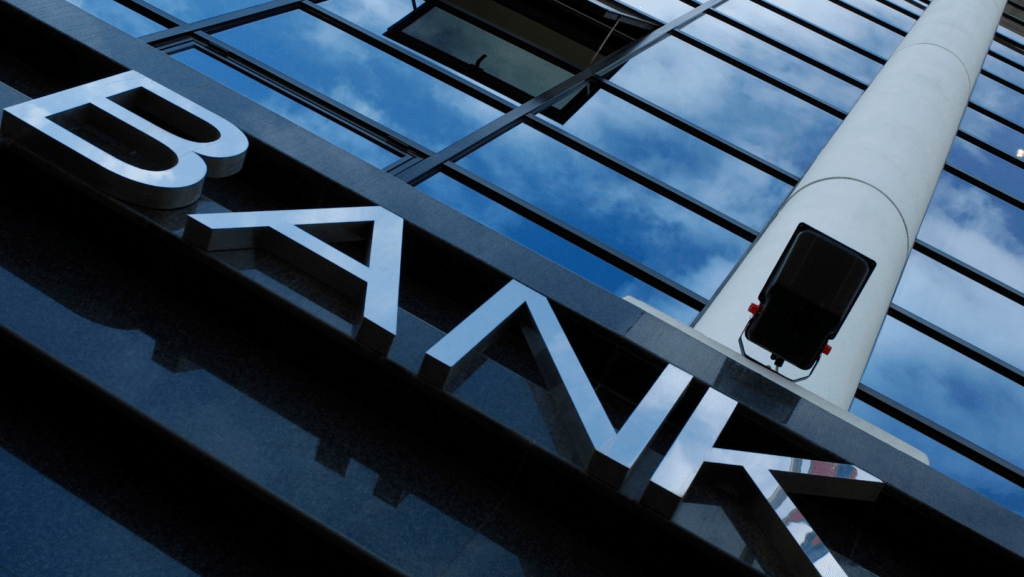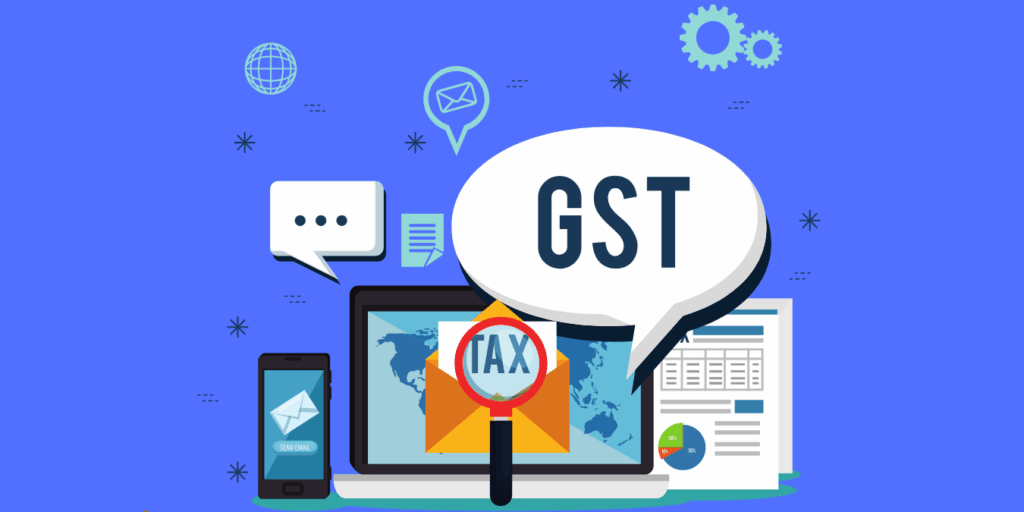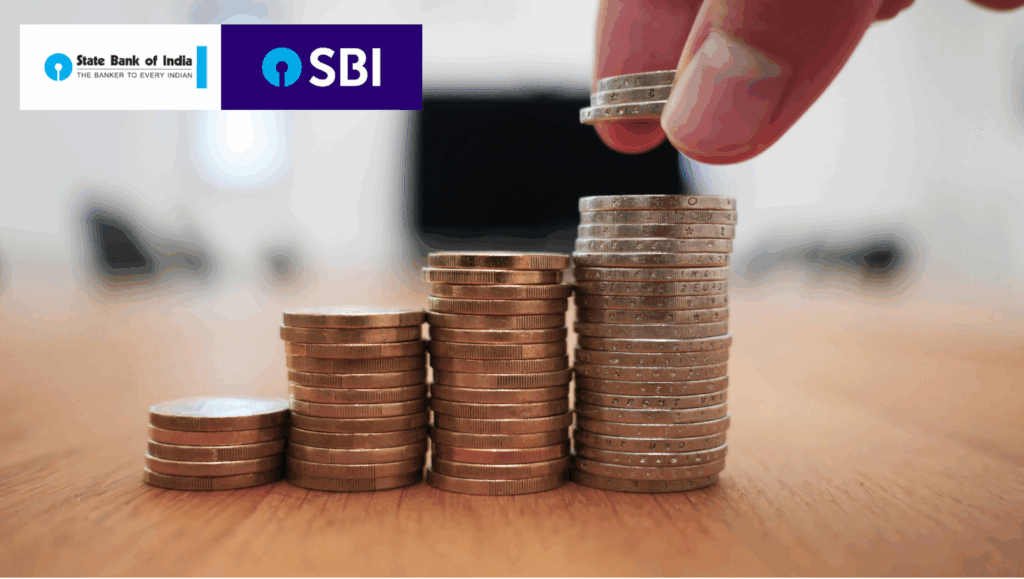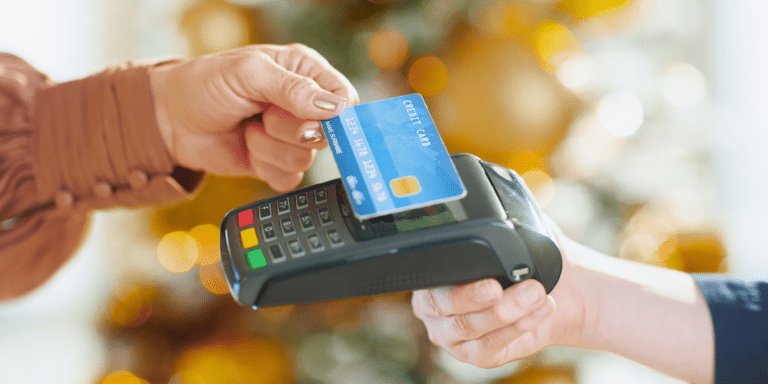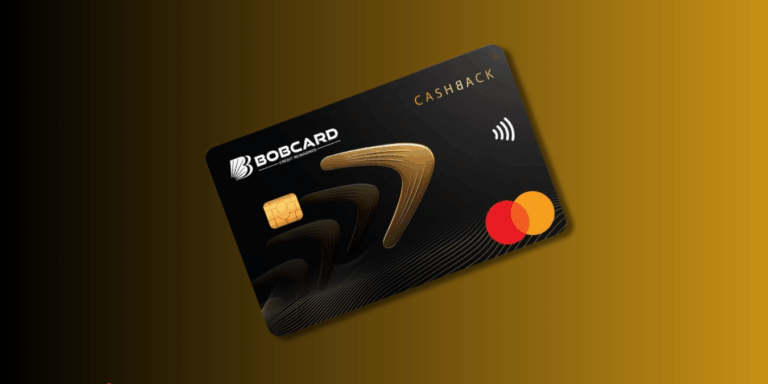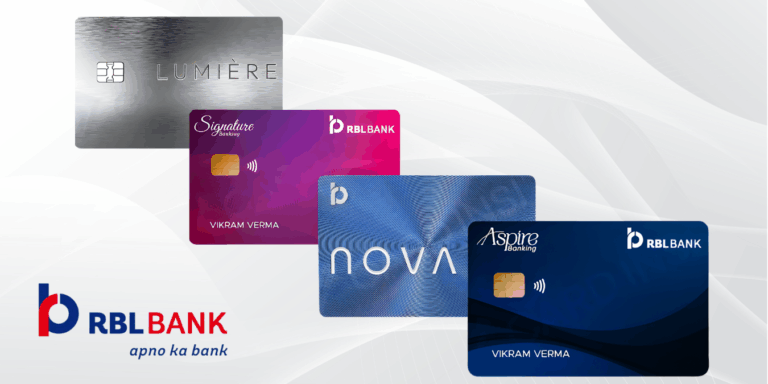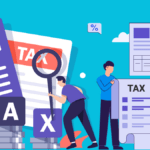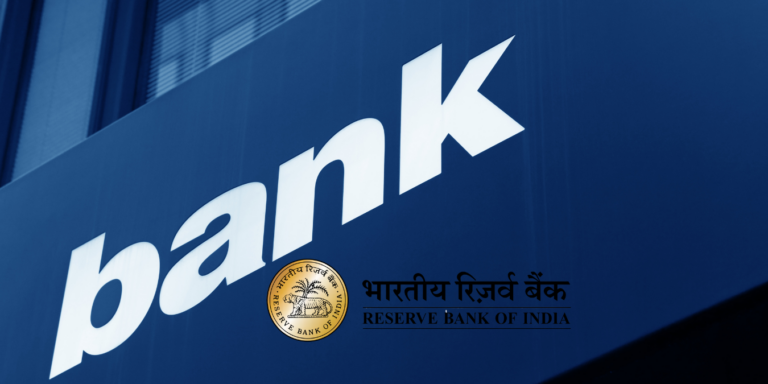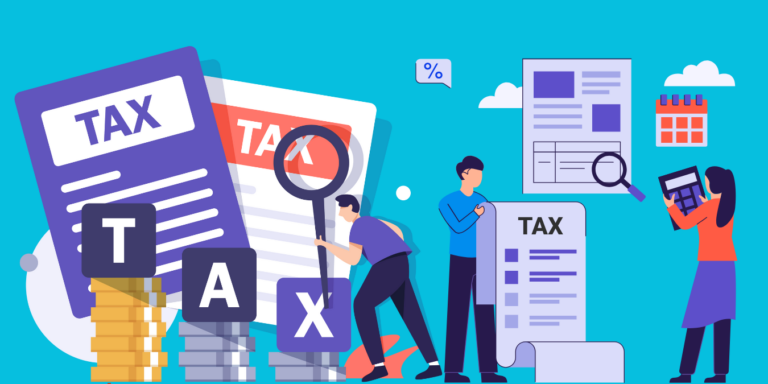
“If you can use 100% of your credit card limit. Learn how maxing out affects your CIBIL score, interest costs, and more. Get expert tips on credit utilization, recovery strategies, and alternatives to manage your credit card limit wisely in this complete guide!”
Credit cards have become a popular financial tool in India, offering convenience, rewards, and a way to manage cash flow. With rising adoption—over 90 million credit cards were in circulation by early 2025, per the Reserve Bank of India (RBI)—many users wonder: Can I use 100% of my credit card limit? The short answer is yes, you can spend up to your full limit. But should you? Maxing out your credit card can impact your credit score, finances, and borrowing ability in ways that might surprise you.
In this guide, we’ll explore what happens when you use 100% of your credit card limit in India. We’ll dive into the latest 2025 data, explain credit utilization, and share practical tips to manage your card wisely—whether you’re in Mumbai, Delhi, or a Tier-2 city. Let’s get started!
Understanding Your Credit Card Limit in India
Your credit card limit is the maximum amount your issuer—like HDFC Bank, SBI, ICICI Bank, or Axis Bank—allows you to borrow. For example, if your limit is ₹2 lakh, that’s the most you can spend or owe, including interest and fees. Using 100% of this limit means hitting ₹2 lakh, a practice known as “maxing out.”
While Indian banks permit this, it’s not without consequences. Credit utilization, interest rates, and lender perceptions all come into play. Let’s break it down.
How Credit Utilization Affects Your CIBIL Score
In India, your creditworthiness is often measured by your CIBIL score, ranging from 300 to 900. Credit utilization—the percentage of your available credit you’re using—makes up 30% of this score, second only to payment history.
If you spend ₹1 lakh, your utilization hits 100%. Experts, including CIBIL, recommend keeping it below 30% for a healthy score. A 2024 TransUnion CIBIL report showed that Indian consumers with utilization above 80% saw their scores drop by 40-80 points, depending on other factors.
Why Maxing Out Hurts
Using 100% of your credit card limit India signals financial strain to lenders. In 2025, with banks tightening credit policies amid economic recovery, high utilization could hurt your chances of getting loans or new cards. Since balances are reported monthly to CIBIL, a maxed-out card can affect your score until you pay it down.
Is It Legal to Use 100% of Your Credit Card Limit?
Yes, there’s no legal restriction in India against using your full limit. Banks set your limit based on your income, credit history, and repayment capacity, expecting you to stay within it. However, exceeding it—called “over-limit”—is less common in 2025. Following RBI’s 2023 guidelines, most issuers now decline over-limit transactions unless you’ve opted in, and even then, fees apply (typically ₹500-₹1,000 per instance).
For example, SBI Card and HDFC Bank have phased out automatic over-limit allowances, aligning with stricter consumer protection rules. So, while you can use 100% of your limit, going beyond depends on your bank’s policy.
Pros of Using 100% of Your Credit Card Limit
Maxing out your card isn’t always a bad idea. Here are some scenarios where it might work:
1. Emergencies
Unexpected expenses—like medical bills or home repairs—can push you to your limit. With India’s healthcare costs rising 7% annually (per a 2025 NITI Aayog report), credit cards are often a safety net when savings fall short.
2. Rewards and Offers
Indian cards offer cashback, reward points, and discounts. For instance, an ICICI Bank card with 5% cashback on Amazon purchases might tempt you to max out during a sale, especially if you can repay instantly. A 2024 Paisabazaar survey found 18% of users occasionally max out to chase rewards.
3. Big Purchases
Need a new phone or appliance? Using your full limit for a one-time buy—like a ₹50,000 smartphone—might be fine if you pay it off before the billing cycle ends, avoiding a reported high balance.
These benefits, however, come with risks. Let’s explore the downsides.
Cons of Maxing Out Your Credit Card in India
Using 100% of your credit card limit India can backfire. Here’s why:
1. CIBIL Score Drop
High utilization harms your score, making future credit—like home loans—harder to secure. A 2025 CIBIL study noted that users with over 90% utilization were 35% less likely to qualify for new credit.
If you don’t pay off the balance, interest kicks in. In 2025, average credit card interest rates in India are 36-42% annually (RBI data), among the highest globally. On a ₹1 lakh balance, that’s ₹3,000-₹3,500 in monthly interest if you only pay the minimum (usually 5%).
3. No Room for More Spending
A maxed-out card leaves you stuck. With 48% of Indians having less than ₹50,000 in emergency savings (2025 BankBazaar report), this can be a problem if another expense arises.
4. Bank Alerts
Some banks flag maxed-out accounts. While rare, they might reduce your limit or freeze your card if they suspect distress. This happened to 2% of HDFC cardholders in 2024, per industry reports.
Credit Card Trends in India: 2025 Insights
Here’s the latest data to contextualize credit card limit India usage:
- Growth: RBI reported 92 million credit cards in circulation by March 2025, up 10% from 2024, driven by digital payments and e-commerce.
- Utilization: Average utilization is 32%, slightly above the ideal 30% (CIBIL). About 12% of users exceed 80%, often in urban centers like Bengaluru and Pune.
- Limits: The average limit rose to ₹1.2 lakh in 2025 (TransUnion CIBIL), reflecting higher incomes but also growing debt.
Maxing out isn’t the norm, but economic pressures—like a 6.5% inflation rate (RBI, Q1 2025)—push some users to their limits.
Alternatives to Maxing Out Your Card
Before hitting 100%, try these options:
1. Ask for a Higher Limit
Banks like Axis and Kotak often increase limits for consistent payers. A 2025 Moneycontrol study found 70% of requests succeeded, lowering utilization without extra spending.
2. Use Multiple Cards
Spread purchases across cards. Two ₹1 lakh-limit cards with ₹50,000 each used keeps utilization at 50% per card—better than 100% on one.
3. Opt for EMI or Loans
For big buys, convert to EMI (12-18% interest) or take a personal loan (11-15% in 2025, per SBI rates). Both beat credit card interest.
4. Pay Mid-Cycle
Pay part of your balance before the billing date to reduce what’s reported to CIBIL.
How to Recover from Maxing Out
Already at 100%? Here’s your recovery plan:
1. Clear the Balance Fast
Pay as much as possible to drop utilization. Even ₹50,000 on a ₹1 lakh limit cuts it to 50%.
2. Talk to Your Bank
Ask for a temporary interest rate cut or fee waiver. Many banks offer relief in 2025 under RBI’s customer-centric push.
3. Check Your CIBIL Report
Visit cibil.com to ensure your balance updates correctly. Dispute errors if needed.
4. Pause Spending
Avoid new charges until the balance is manageable—use UPI or cash instead.
Tips to Manage Your Credit Card Limit in India
Stay ahead with these habits:
- Set a Cap: Treat your limit as 30% of the actual amount (e.g., ₹30,000 on a ₹1 lakh card).
- Automate Payments: Link your account to avoid missing due dates.
- Track Usage: Apps like Cred or Walnut help monitor your credit utilization India.
- Review Monthly: Check your statement to stay below 30%.
Should You Max Out Your Credit Card in India?
Can you use 100% of your credit card limit in India? Yes—but it’s rarely wise. High utilization risks your CIBIL score, racks up interest, and limits flexibility. In 2025, with credit growing and economic challenges persisting, smart management is key. Keep utilization below 30%, explore alternatives, and pay off balances promptly if you overshoot.
Your credit card is a tool—uses it wisely to build, not break, your financial future. Got questions about credit card limit India? Let us know below!
Frequently Asked Questions
1. Does maxing out hurt my CIBIL score?
Yes, above 30% can lower it, but paying it down quickly helps recover.
2. Can I spend more if my card is maxed out?
Usually no, unless your bank allows over-limit with fees.
3. How fast can my score recover?
Within 1-2 cycles if you reduce the balance and maintain good habits.
4. Should I max out one card or use multiple?
Using multiple keeps utilization lower, benefiting your score.
-
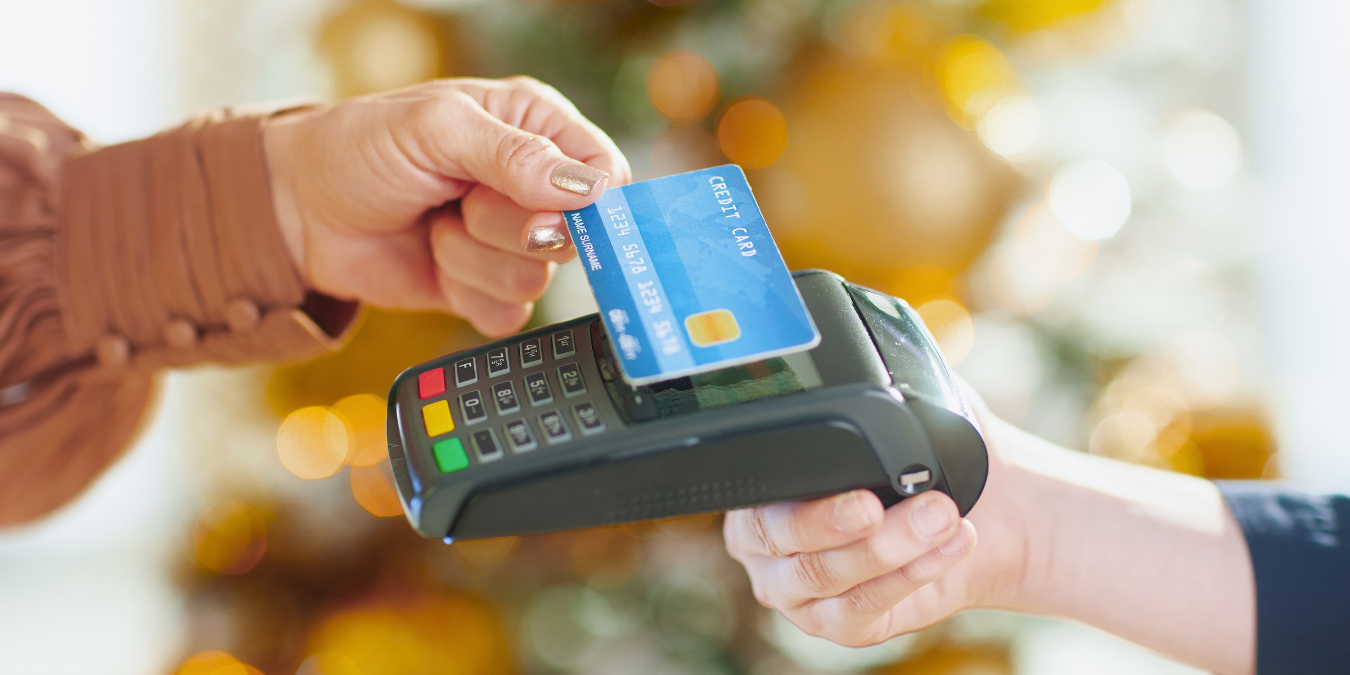
High-Value Credit Card Payments: The Silent Trigger for Section 148 Notices
-
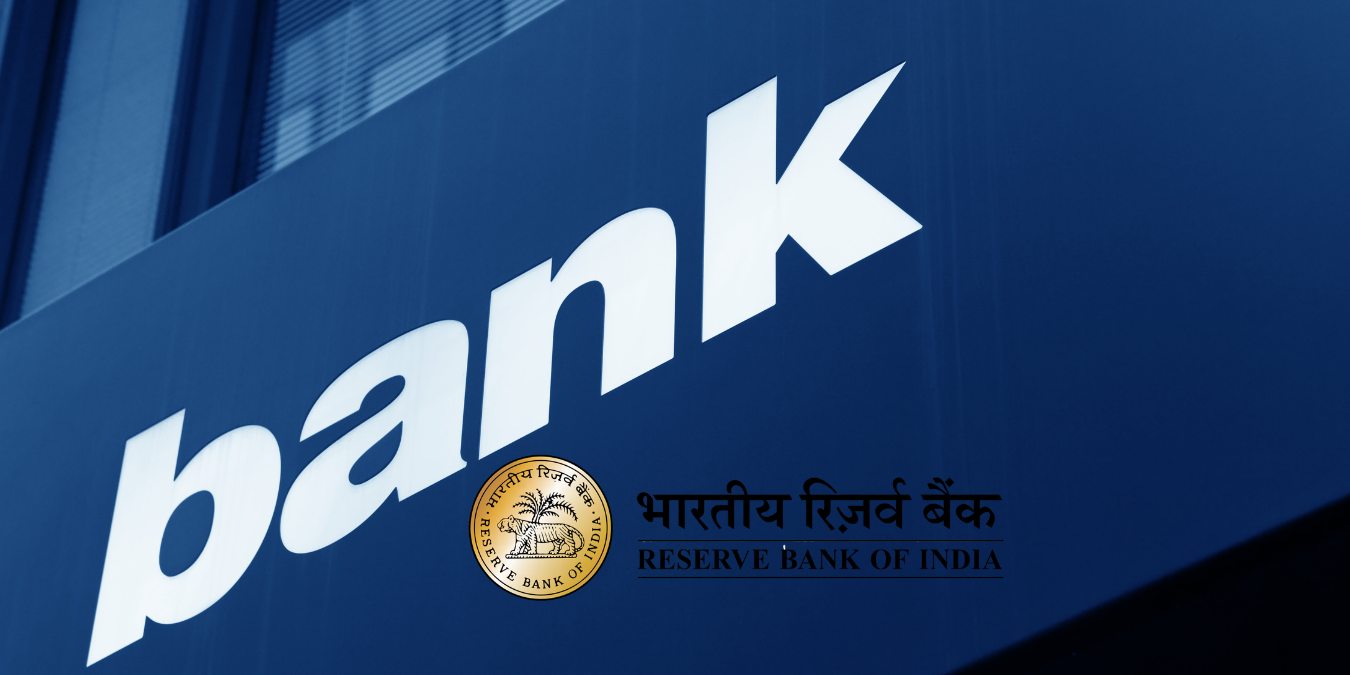
RBI Replaces Flat-Rate Deposit Insurance with Risk-Based System
-

Big Spender Alert Who Skip Tax Filing: Income Tax’s Hidden System Recovers ₹37K Cr Already
-

Indian Stock Market Trends: Sensex, Nifty Steady Amid Global Cues – Key Insights for December 19, 2025




